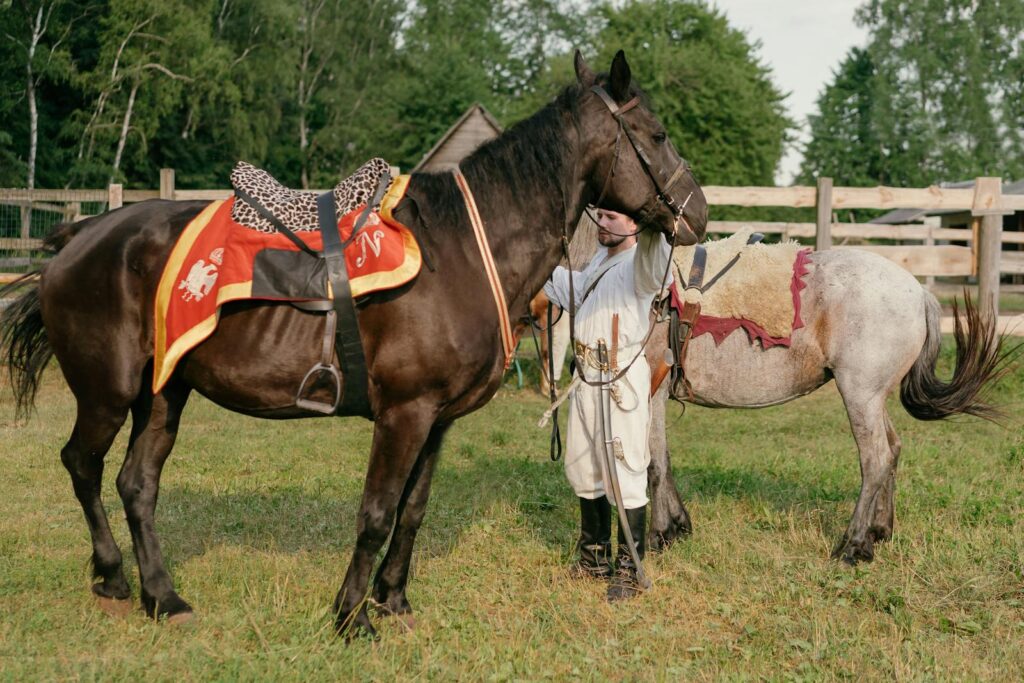Throughout Shakespeare’s extensive body of work, horses gallop across the stage both literally and figuratively, carrying significant symbolic weight and dramatic purpose. Far from being mere background elements, the equines in Shakespeare’s plays serve as powerful indicators of status, metaphors for human traits, and vehicles for advancing the plot. The Bard’s intimate knowledge of horses and horsemanship shines through in his detailed descriptions and nuanced references, reflecting the central role these animals played in Elizabethan society. From regal steeds to humble workhorses, Shakespeare’s equine imagery provides modern readers with insights into the practical realities of early modern England, while also offering a deeper appreciation for the complex symbolic language that continues to shape literature today.
Horses as Status Symbols in Shakespeare’s Plays

In Shakespeare’s time, horses were powerful indicators of wealth and social standing—a reality the playwright consistently reflected in his works. Noblemen and military leaders are often distinguished by their exceptional steeds, with the quality of a character’s horse closely tied to their rank and authority. In Richard III, the titular king famously cries, “A horse! A horse! My kingdom for a horse!” This line underscores both the practical military importance of a mount and the symbolic link between horse ownership and royal power. Similarly, in Henry V, the Dauphin’s over-the-top praise of his horse becomes a reflection of his vanity and arrogance, revealing character through his relationship with the animal. Shakespeare understood that Elizabethan audiences would instantly recognize these equine status symbols, using them to convey social hierarchy efficiently without lengthy exposition.
Horse Imagery in Shakespeare’s Battle Scenes

Shakespeare employs vivid equine imagery to bring his battle scenes to life, using horses to convey the chaos, nobility, and horror of war. In Henry V, the Chorus urges the audience to “Think, when we talk of horses, that you see them / Printing their proud hoofs i’ th’ receiving earth,” inviting viewers to imagine the thunderous charge of cavalry that could not be physically staged. Horses in Shakespeare’s battle scenes often serve as extensions of their riders, with their behavior sometimes foreshadowing the outcomes of conflict. In Julius Caesar, for instance, Caesar’s sacrificial horse is said to weep, an ominous sign of impending doom. In Macbeth, the report that “Duncan’s horses, beauteous and swift, the minions of their race, turned wild in nature” following their master’s murder reflects the unnatural disorder unleashed by regicide. These equine elements allow Shakespeare to craft immersive and emotionally resonant war narratives, despite the staging limitations of the Elizabethan theater.
The Intimate Connection Between Knights and Their Steeds
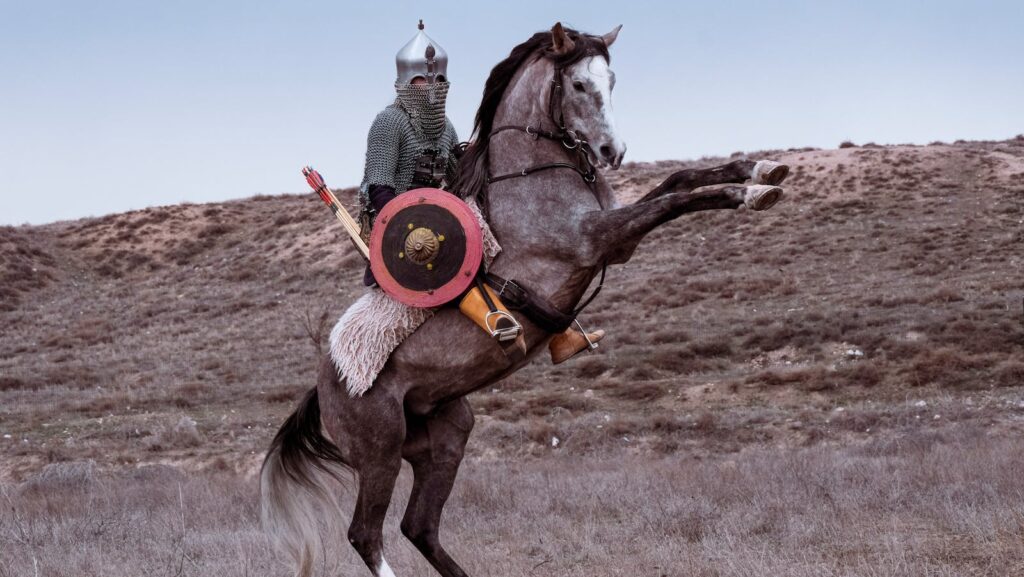
Shakespeare portrays the deep bond between warriors and their horses, echoing the historical reality of knights who relied on their mounts for survival in battle. In his histories and tragedies, characters often speak to their horses as trusted companions, reflecting relationships that go beyond mere utility. In Richard II, the king’s groom movingly recalls how Roan Barbary, the king’s favorite horse, refused to perform for the usurper Bolingbroke—implying a loyalty that transcends human allegiance. This close connection between horse and rider appears across multiple plays, with Shakespeare using these bonds to humanize his warriors and reveal their capacity for affection and loyalty. These equine relationships provide a poignant contrast to the violence of war, reminding audiences that even the most battle-hardened soldiers can form tender attachments.
Horses as Metaphors for Human Character
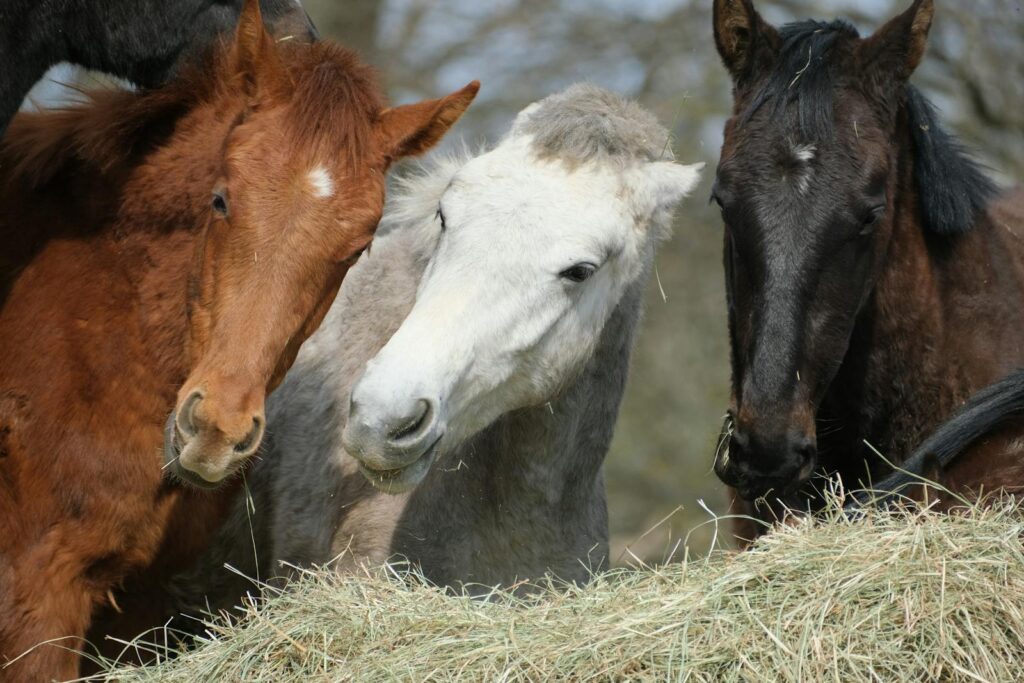
Shakespeare frequently uses horses as metaphorical tools to explore human nature, drawing on equine traits to highlight both virtues and vices. Characters described as having “unbridled” tongues imply a lack of self-restraint, while those who “rein in” their passions are praised for their discipline—parallels that directly reference horsemanship. In Hamlet, the prince criticizes Claudius’s courtiers as men who “let the candied tongue lick absurd pomp, and crook the pregnant hinges of the knee where thrift may follow fawning,” comparing their sycophantic behavior to submissive, fawning horses. Shakespeare relies on his audience’s familiarity with horse behavior to create instant insight into character: fiery, hot-blooded steeds evoke passion, while calm, steady destriers suggest dependability. These metaphorical references add rich layers of meaning, deepening the psychological complexity of his characters.
Shakespeare’s Technical Knowledge of Horsemanship
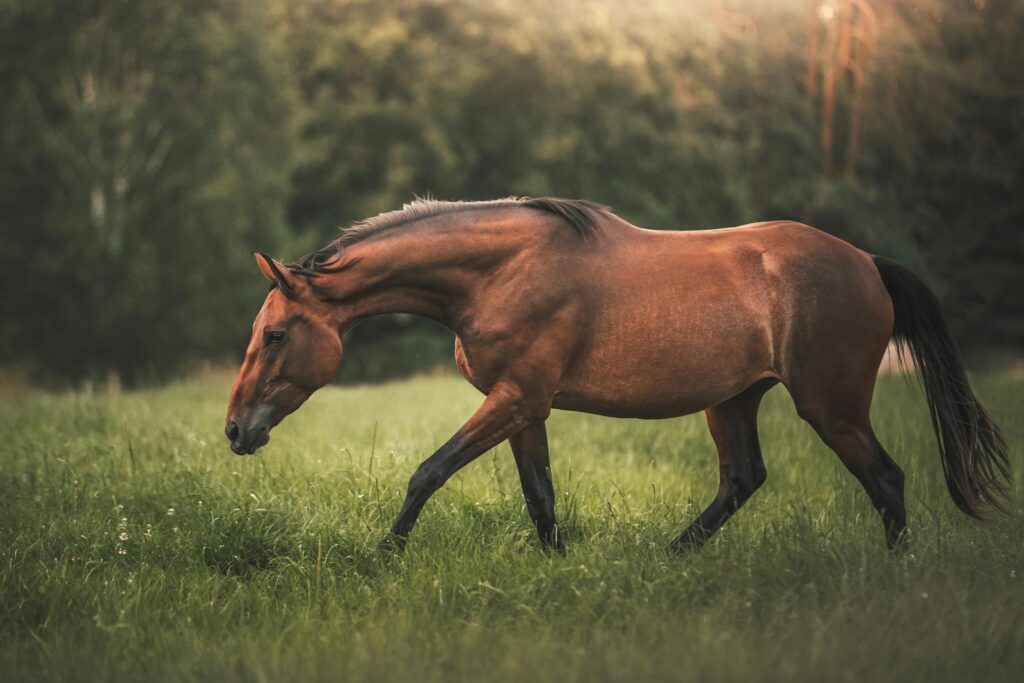
The precise terminology and accurate descriptions in Shakespeare’s equine references reveal his substantial knowledge of horses and riding techniques, lending authenticity to his work. His plays include numerous technically accurate mentions of bits, bridles, spurs, and riding styles—details that would have impressed even the most experienced equestrians of his time. In Venus and Adonis, Shakespeare displays a deep understanding of horse behavior and conformation, writing: “Round-hoofed, short-jointed, fetlocks shag and long, Broad breast, full eye, small head, and nostril wide, High crest, short ears, straight legs and passing strong, Thin mane, thick tail, broad buttock, tender hide.” His familiarity with various horse breeds and their traits appears throughout his body of work, with references to Barbary horses and distinctions between coursers, palfreys, and jades. This technical precision suggests either firsthand experience or diligent research, underscoring how vital equine accuracy was for an audience well-versed in horsemanship.
Equine Symbolism in “Venus and Adonis”
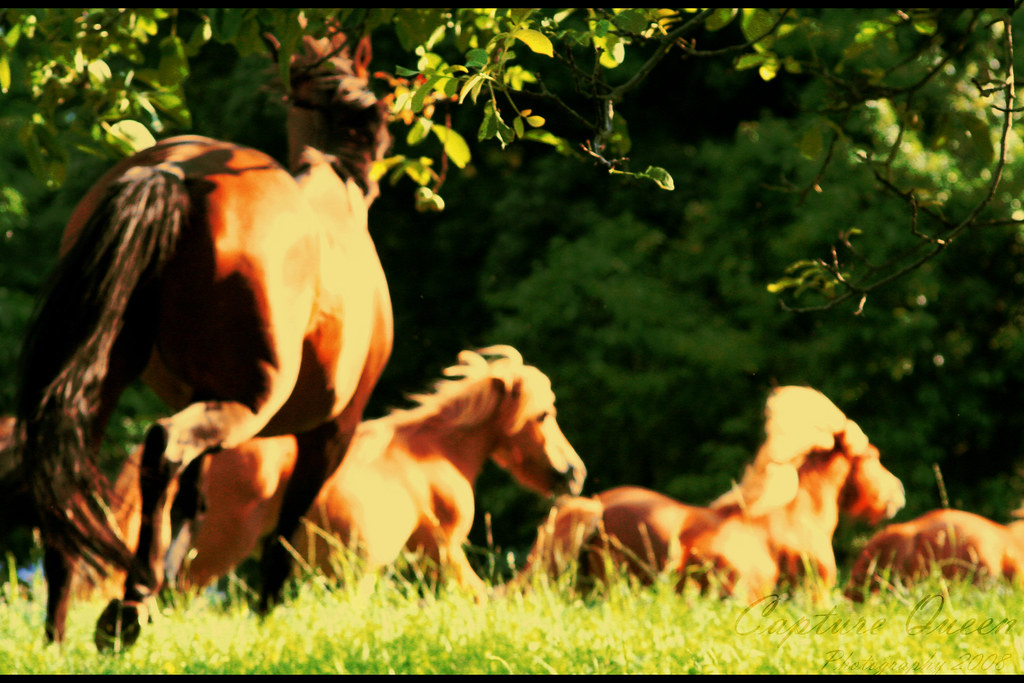
In Shakespeare’s narrative poem Venus and Adonis, horses play a central symbolic role, representing both unbridled passion and the untamed power of the natural world. The poem features an extended sequence in which Adonis’s horse, catching the scent of a female, breaks away from its master in pursuit of sexual gratification, paralleling and contrasting with the sexual tension between Venus and the reluctant Adonis. Shakespeare writes, “His ears up-pricked; his braided hanging mane / Upon his compassed crest now stand on end,” creating a vivid portrait of animal arousal that mirrors human desire. This equine digression serves both as a reflection of and commentary on the main narrative’s exploration of lust and restraint. The horse’s natural and unashamed sexuality contrasts with Adonis’s resistance to Venus’s advances, highlighting the conflict between natural impulses and social control that runs throughout the poem.
Horses and Social Mobility in Shakespeare’s Comedies
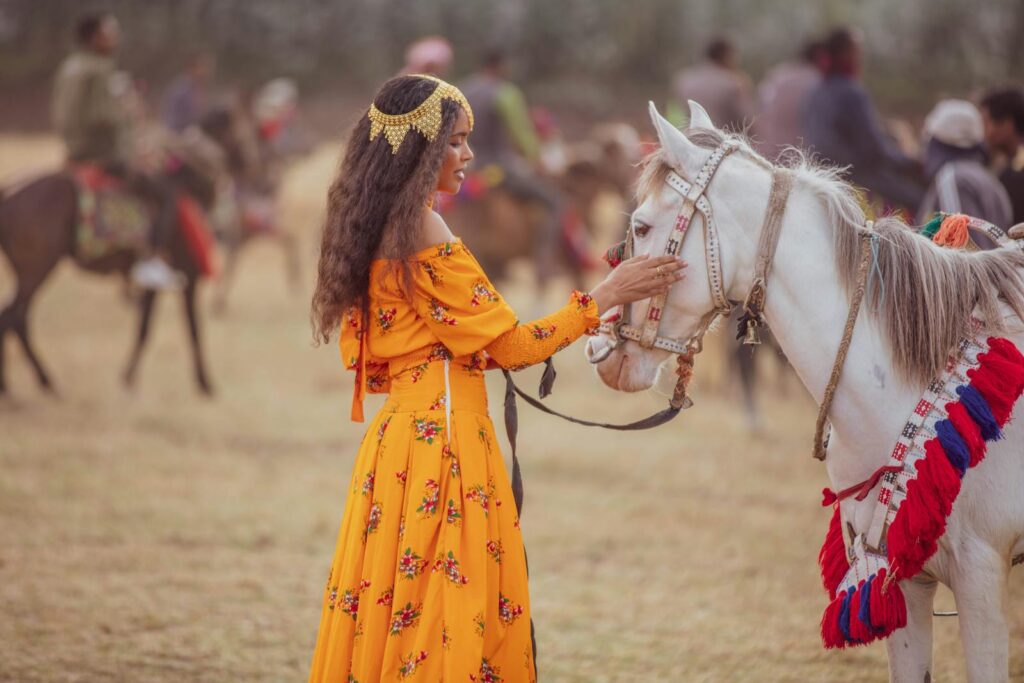
In Shakespeare’s comedies, horses often serve as vehicles for social transformation and the crossing of boundaries between different worlds. Characters who mount a horse frequently leave behind one social context and enter another, enabling the identity confusion and social mixing that drive comic plots. In As You Like It, the transition from court to forest includes references to abandoned horses, symbolizing the physical and social journey from civilization to nature. Similarly, in Twelfth Night, Viola’s arrival after a shipwreck leaves her without the typical markers of status, including appropriate transport, forcing her into disguise and new social contexts. The absence of a proper horse often signifies characters detached from their rightful social sphere, creating the liminal spaces where Shakespeare’s comedic transformations occur. By removing characters from their equine status symbols, Shakespeare sets the stage for the social experimentation that characterizes his comedic works.
The Dark Side of Horses: Violence and War
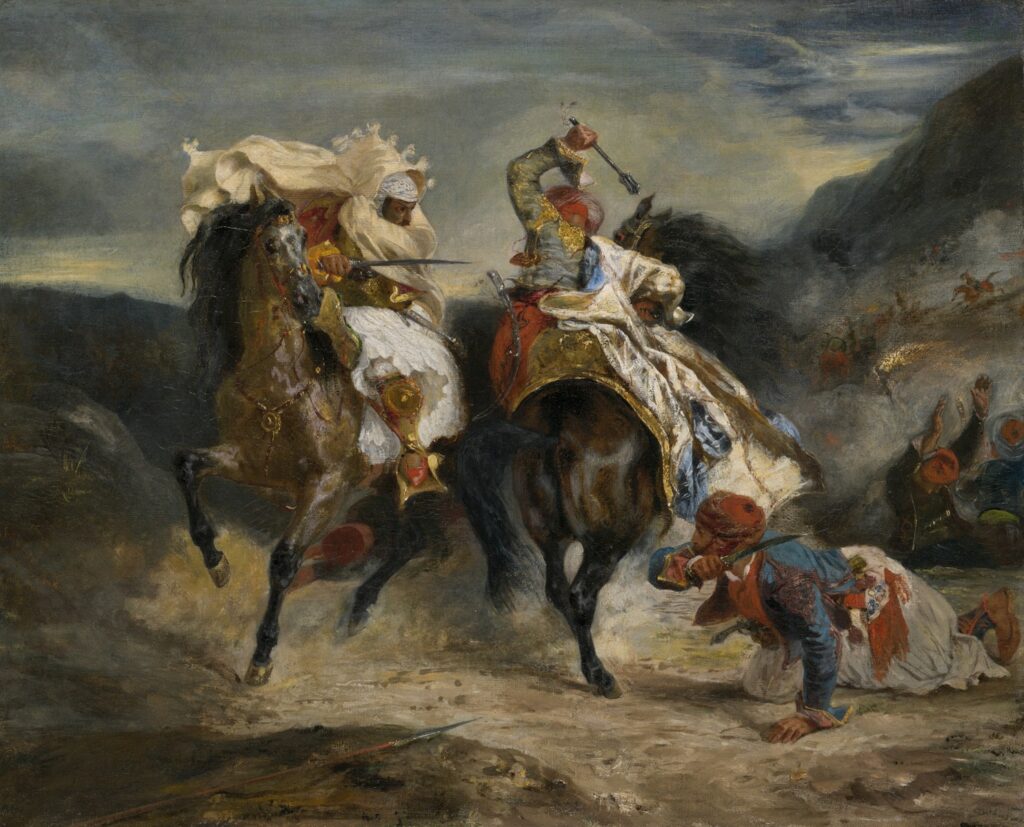
Shakespeare does not shy away from portraying the brutal realities of horses in warfare, acknowledging the violence and suffering tied to their role in battle. His history plays, in particular, show how horses shift from noble companions to instruments of destruction, as seen in Henry V, where mounted warriors are described as “horsemen sitting like fixed candlesticks with torch-staves in their hand,” conjuring a haunting image of cavalry ready for combat. In Henry VI, Shakespeare similarly emphasizes the terrifying spectacle of battle through repeated imagery. He also acknowledges the toll on the animals themselves, depicting horses “wounded to the death” and “wildly bound” in pain, drawing attention to the equine cost of human war. These darker depictions balance the more romanticized portrayals found elsewhere in his work, underscoring Shakespeare’s complex view of warfare and its consequences.
Horses and Royal Authority in the History Plays
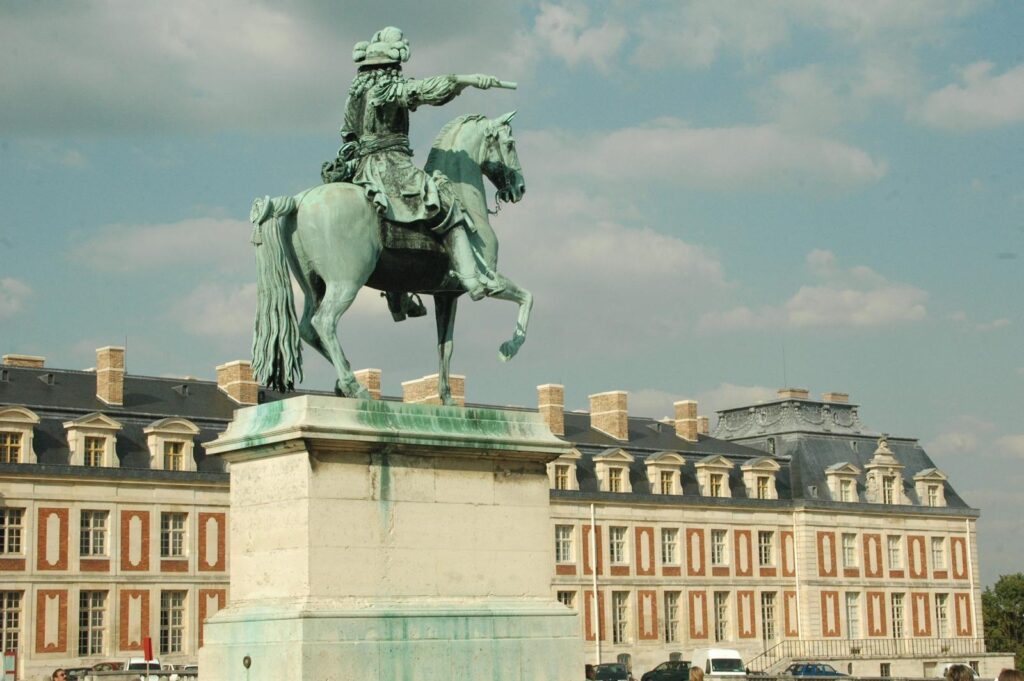
Throughout Shakespeare’s history plays, horses serve as powerful symbols of royal authority and legitimacy, with a monarch’s relationship to their steed often reflecting their ability to rule. Kings who command their horses effectively are shown as capable leaders, while those who lose control face symbolic challenges to their sovereignty. In Richard II, the king’s diminishing grip on power is echoed in his beloved horse transferring allegiance to Bolingbroke, foreshadowing his downfall. In contrast, Henry V’s confident command of his horse before the Battle of Agincourt reinforces his image as the ideal warrior-king—disciplined, resolute, and in control of great power. Shakespeare consistently draws parallels between horsemanship and governance, suggesting both demand strength, sound judgment, and natural authority. This equine symbolism offered Shakespeare’s audience a clear and immediate visualization of political strength, especially in a culture that valued horsemanship as a key element of noble and royal identity.
Comic Relief Through Equine References
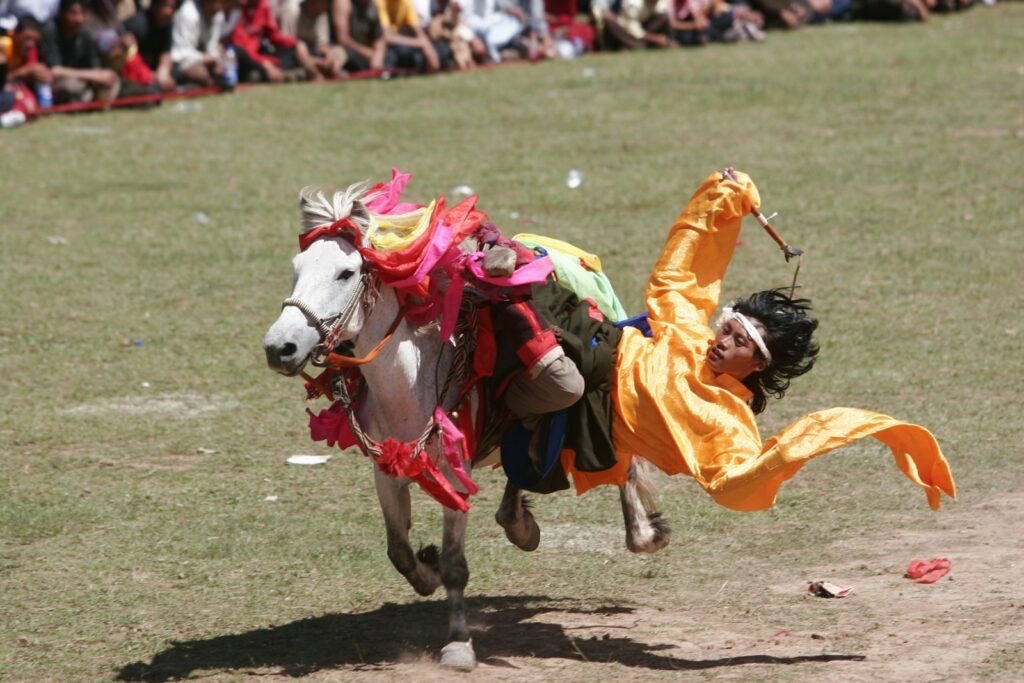
Shakespeare frequently uses horses and horsemanship as sources of humor, turning equine mishaps and inappropriate riding behavior into moments of comic relief. Characters who struggle with horsemanship often become objects of ridicule, exposing their vanity or lack of refinement through their awkward interactions with horses. In Twelfth Night, Sir Andrew Aguecheek boasts that he rides “as well as I walk,” a line that becomes unintentionally hilarious once his general incompetence is revealed—implying that his riding skills are as unimpressive as the rest of his abilities. Shakespeare also finds humor in servants’ commentary on their masters’ horses, often filled with innuendo and double entendre related to riding and mounting. These equine comedic moments not only provide levity in both comedies and tragedies but also reinforce social hierarchies by mocking characters who fail to uphold the equestrian standards expected of their status.
Horses and Gender in Shakespeare’s Works
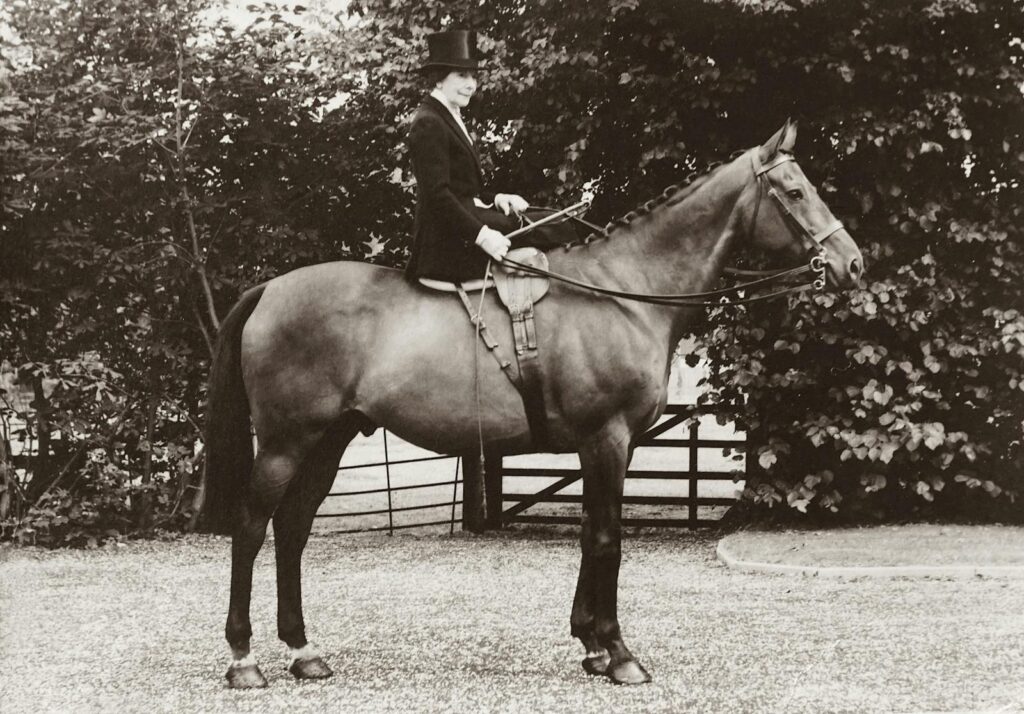
Shakespeare explores the gendered aspects of horsemanship, using equestrian references to both reinforce and occasionally subvert Elizabethan gender norms. Mastery of riding consistently appears as a hallmark of ideal masculinity, especially in military contexts where mounted warriors symbolize strength and honor. In Antony and Cleopatra, Antony’s waning military prowess is mirrored by references to his declining horsemanship, implying that his loss of martial dominance—and, by extension, his masculinity—is tied to his relationship with Cleopatra. On the flip side, Shakespeare hints at gender boundary-crossing when female characters exhibit riding skills. In Coriolanus, Virgilia is admiringly described as one who can “sit a horse,” an unusual trait for a woman in that era. Similarly, Shakespeare’s cross-dressing comedies often feature disguised women displaying unexpected competence in traditionally masculine pursuits like riding. Through these moments, Shakespeare acknowledges the strong association between horsemanship and masculine virtue while subtly challenging the rigid gender roles of his time.
Shakespeare’s Horses in Historical Context
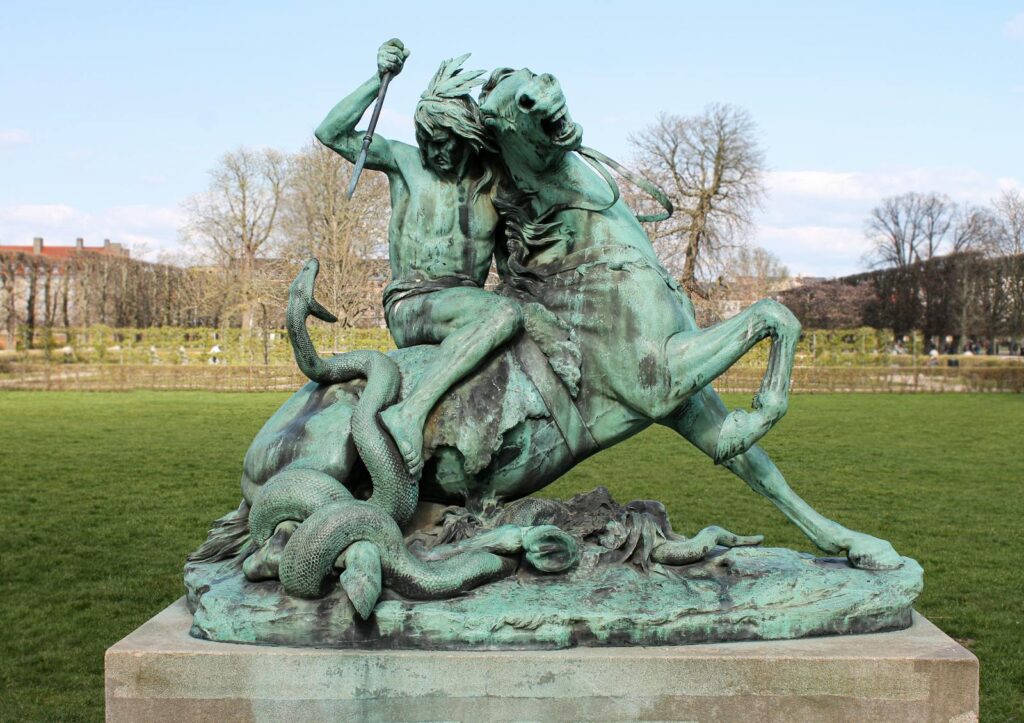
Shakespeare’s equine references reflect the historical realities of Elizabethan England, when horses were essential to transportation, warfare, agriculture, and sport. During his lifetime, horse breeding underwent significant change, with Arabian and Barbary imports improving native stock—a development subtly echoed in his references to different breeds and their characteristics. Strict sumptuary laws dictated which social classes could own particular types of horses, making these references immediately meaningful to contemporary audiences as indicators of social status. Shakespeare’s work also paralleled the rise of refined riding techniques and the emergence of manège riding (early dressage), which are reflected in his more courtly scenes. His equestrian content offers a window into a society where horses were more than practical animals—they were embedded in the cultural, economic, and symbolic fabric of the time.
Shakespeare’s horses gallop through his works with purpose and meaning, carrying dramatic weight far beyond their literal presence. As status symbols, battle companions, and metaphorical vehicles, they enrich characterization and drive plot development, all while highlighting the importance of horses in Elizabethan life. The Bard’s equine references showcase not only his technical knowledge but also his deep understanding of how horses functioned both practically and symbolically in his society. From Richard III’s desperate battlefield cry to the subtle horsemanship metaphors in his sonnets, Shakespeare’s horses continue to deepen our understanding of his work, offering modern readers insight into both the lived realities of early modern England and the layered symbolic language through which he crafted his enduring legacy.

